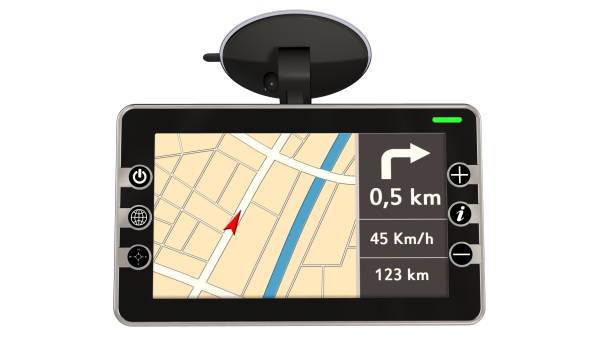How to Troubleshoot GPS Signal Issues in Drones
Drones rely heavily on GPS signals for navigation, stability, and precise positioning. However, GPS signal issues can occur due to various factors, affecting the drone’s performance and flight accuracy. Identifying the root cause and applying effective troubleshooting techniques can help restore proper GPS functionality and ensure a smooth flying experience.
One of the most common reasons for weak GPS signals is interference from nearby structures, electronic devices, or even adverse weather conditions. Flying in urban areas with tall buildings or under dense tree canopies can obstruct satellite signals, leading to poor GPS connectivity. To mitigate this, drone operators should choose open spaces with minimal obstructions to establish a strong satellite link. Additionally, flying during clear weather conditions improves signal reception, reducing the chances of interference.
Another major cause of GPS issues is outdated firmware or software. Drone manufacturers frequently release updates to improve GPS performance and fix known bugs. Ensuring that both the drone’s firmware and the controller’s software are up to date can resolve many GPS-related problems. Operators should regularly check for software updates and install them before every flight to maintain optimal GPS functionality.
Calibrating the drone’s compass and GPS system is another essential troubleshooting step. A misaligned compass can cause erratic flight behavior and inaccurate positioning. Performing a compass calibration in an interference-free area before takeoff ensures that the drone correctly aligns with satellite data. Similarly, initiating a GPS reset or re-initialization through the drone’s settings can help refresh its connection with available satellites.
Signal jamming or spoofing can also affect GPS reception. Some areas may have high levels of radio frequency interference that disrupt satellite communication. If a drone suddenly loses GPS connection in a specific location, moving to a different flight area may resolve the issue. Additionally, using drones equipped with advanced anti-jamming technology can enhance GPS stability, making flights more reliable in high-interference zones.
Battery performance plays a crucial role in maintaining a stable GPS connection. A low battery can weaken the drone’s ability to communicate with satellites, causing signal drops. Ensuring that the battery is fully charged before flight can prevent unexpected GPS failures. Operators should also inspect the drone’s GPS antenna and wiring for any physical damage, as hardware issues can significantly impact signal strength.
Understanding and addressing GPS signal issues is essential for safe and accurate drone flights. By selecting open flight locations, updating firmware, calibrating the compass, avoiding interference, and ensuring proper battery maintenance, drone operators can effectively troubleshoot and resolve GPS problems. Staying proactive with regular maintenance and environmental awareness ensures a seamless flying experience with reliable GPS connectivity.
.png)






Leave a Comment
Your email address will not be published. Required fields are marked *